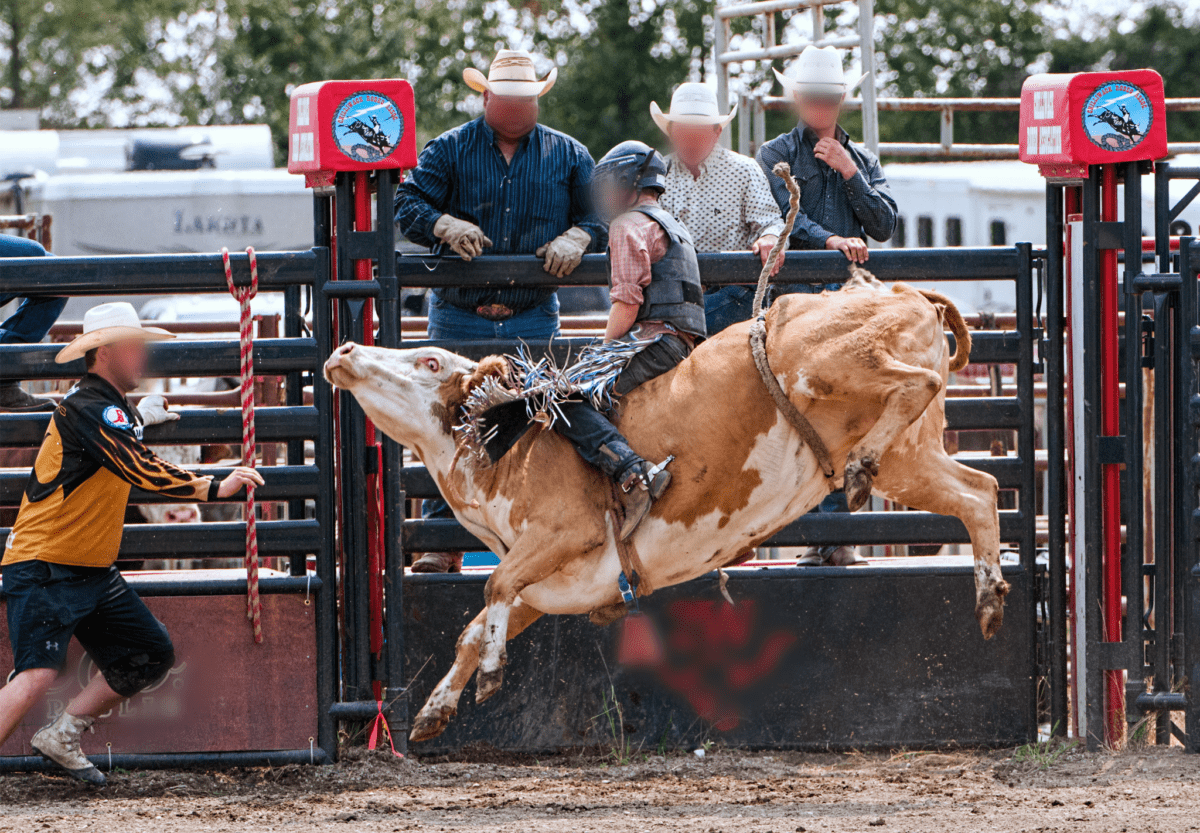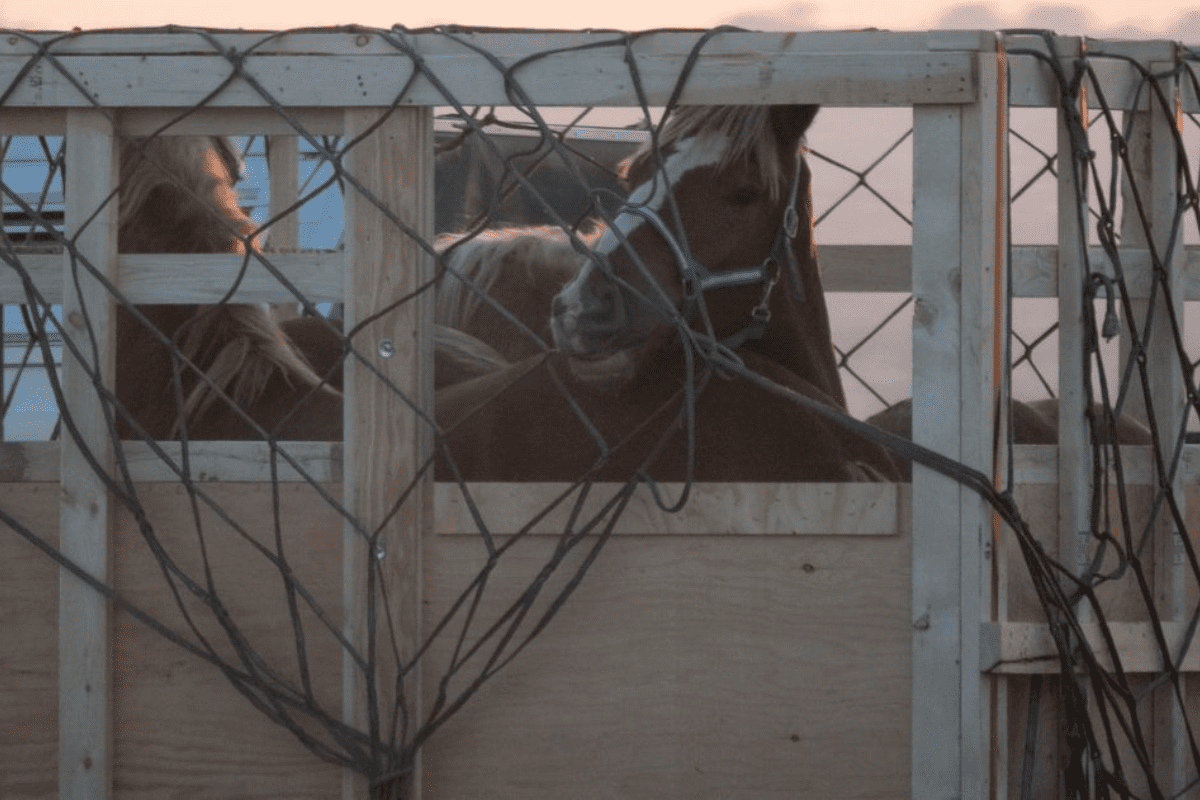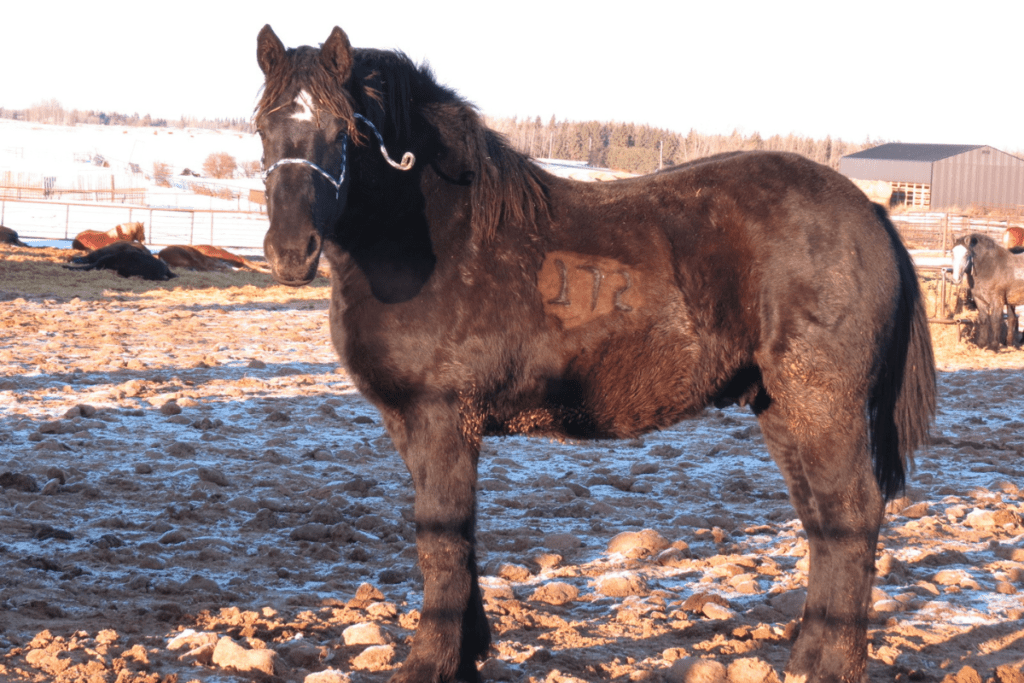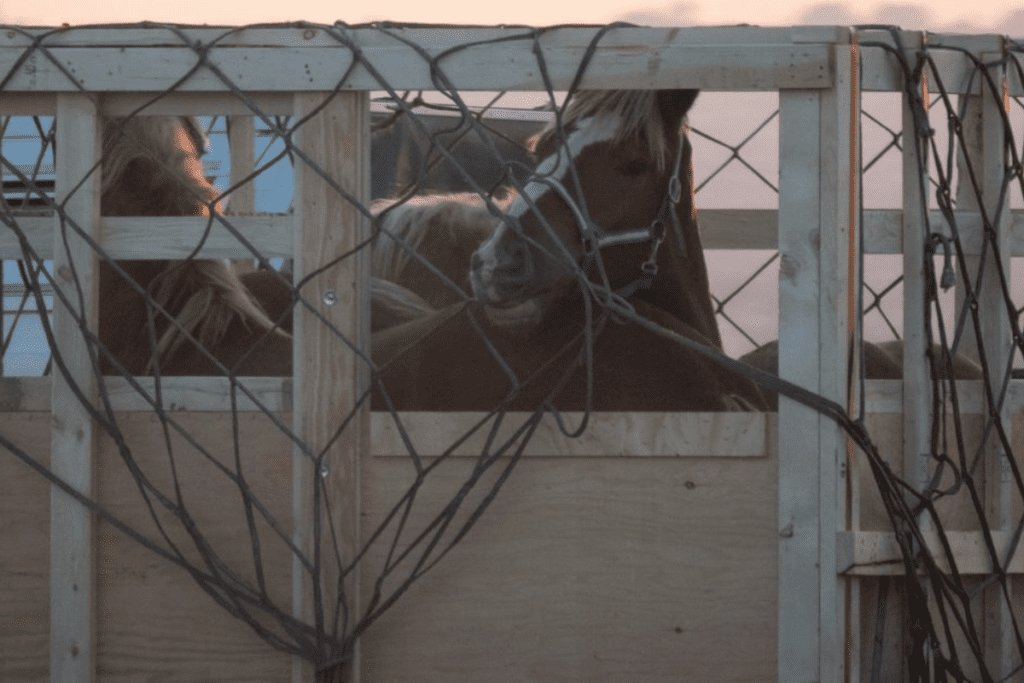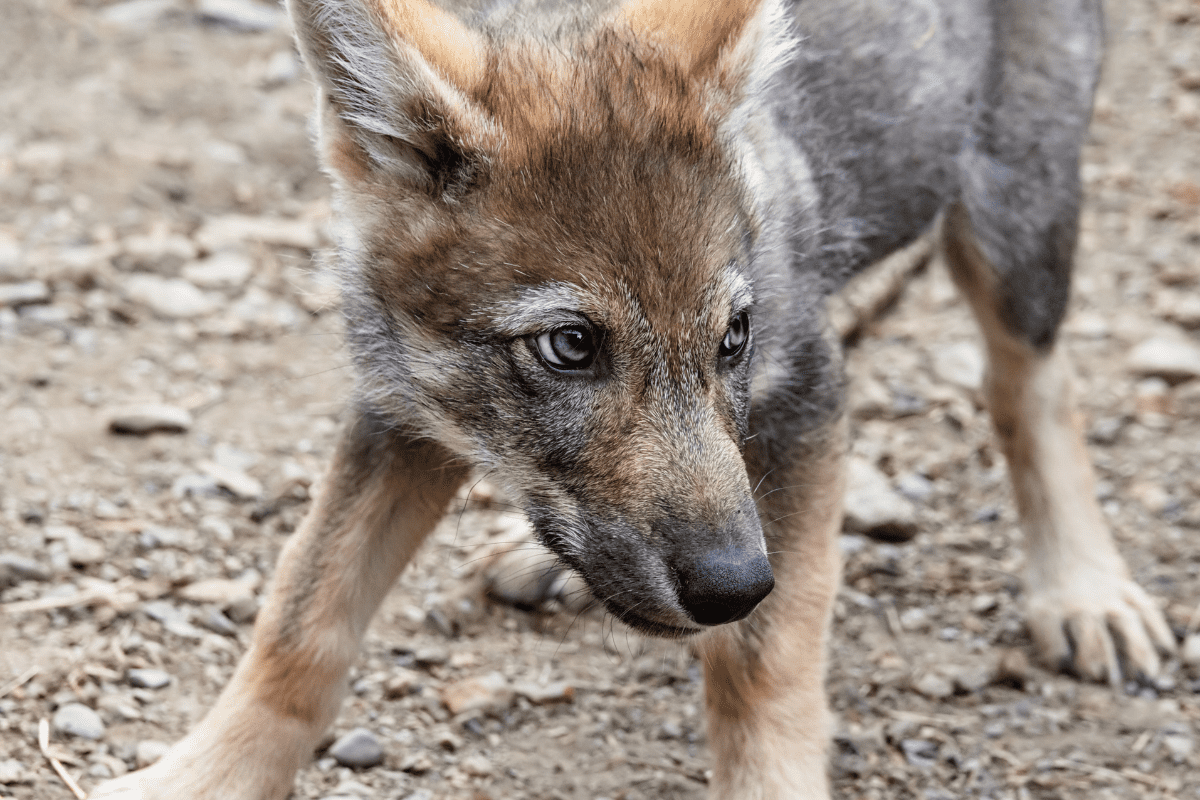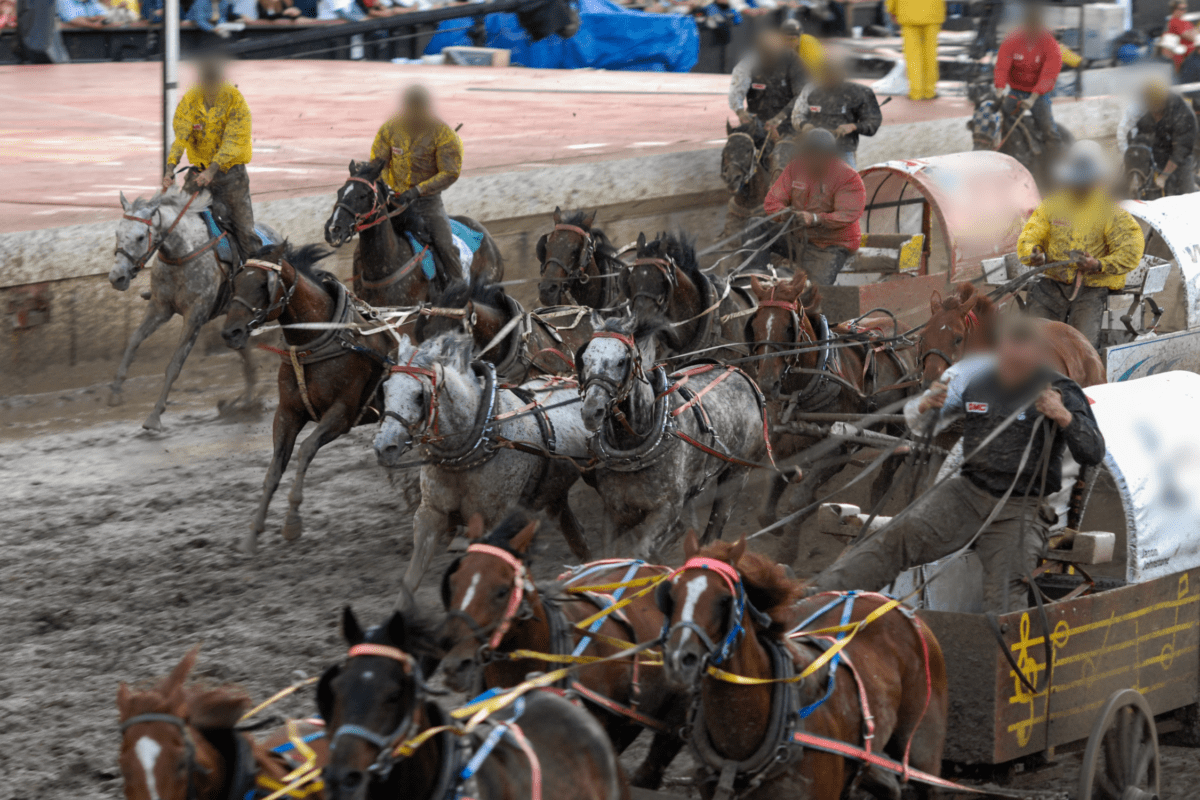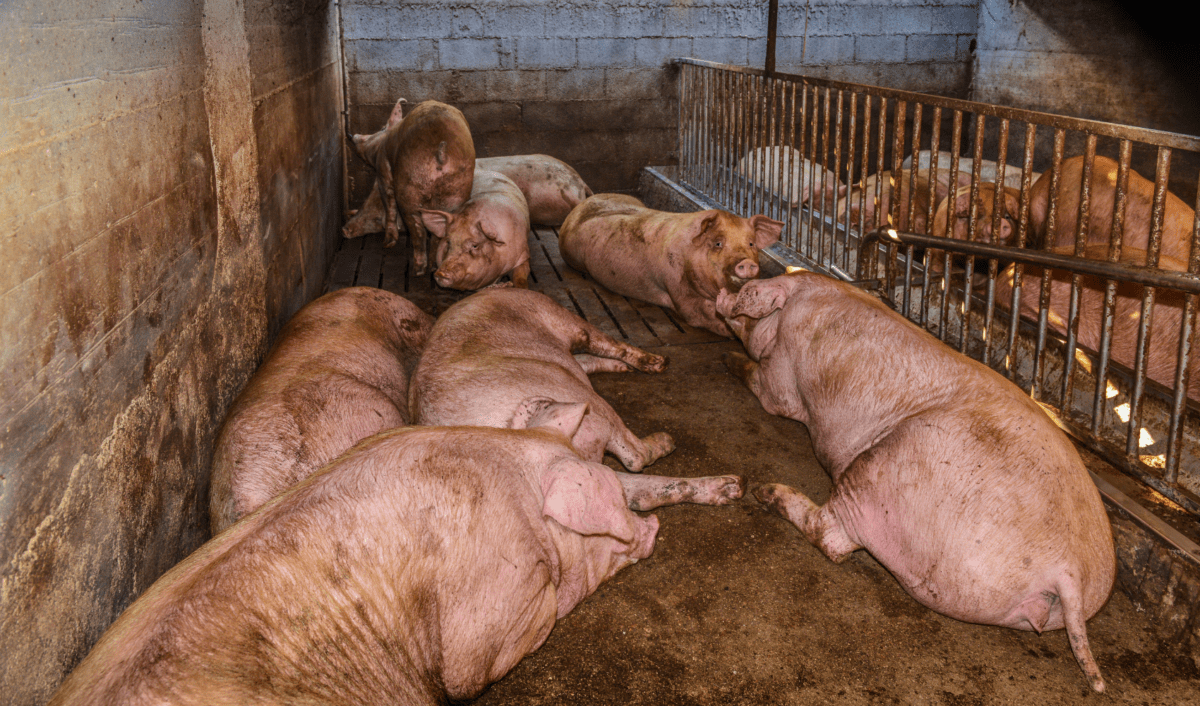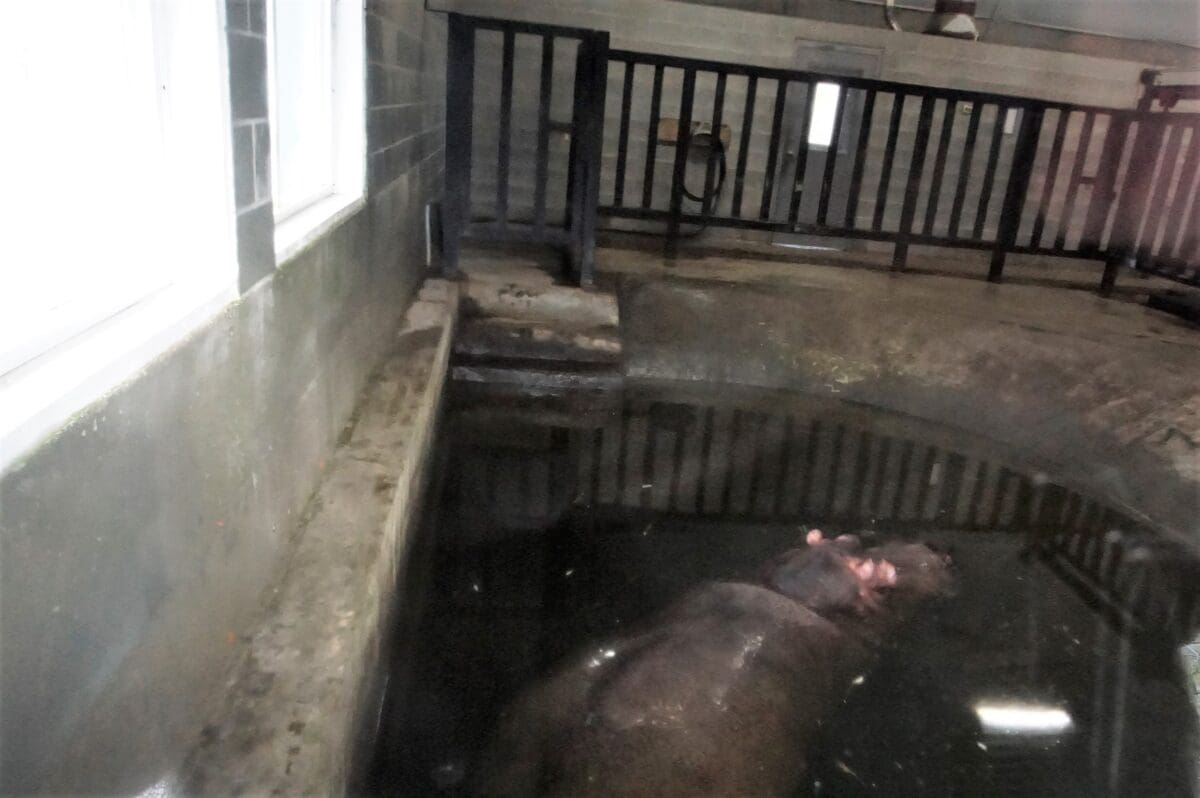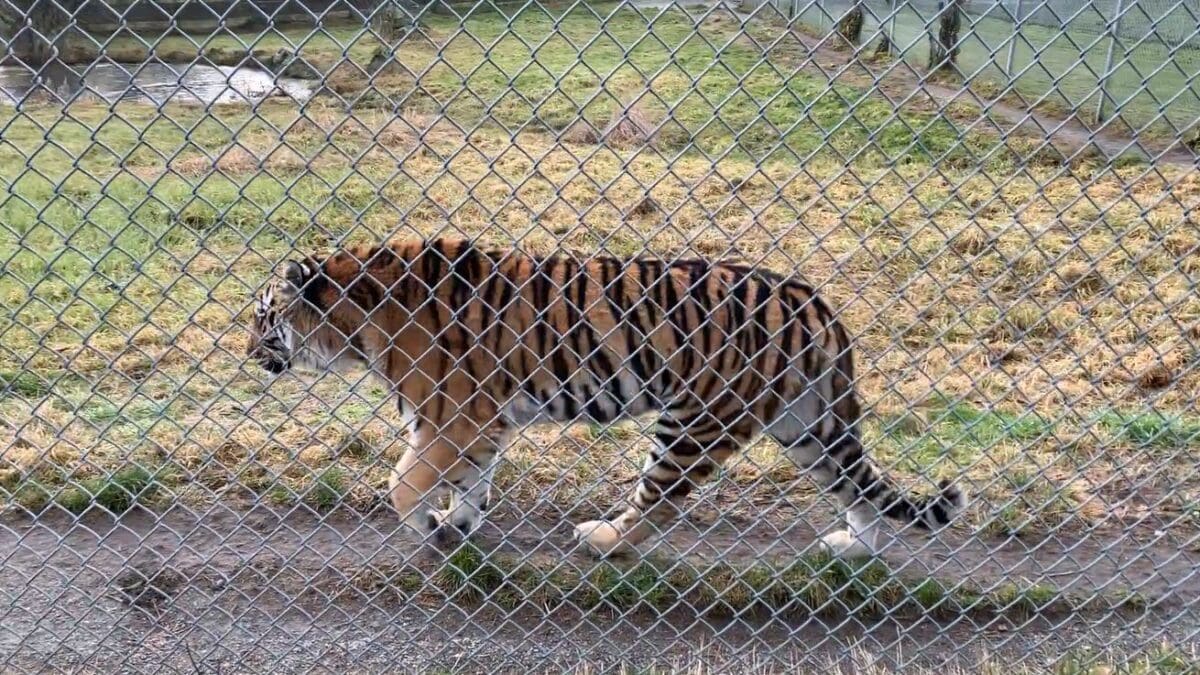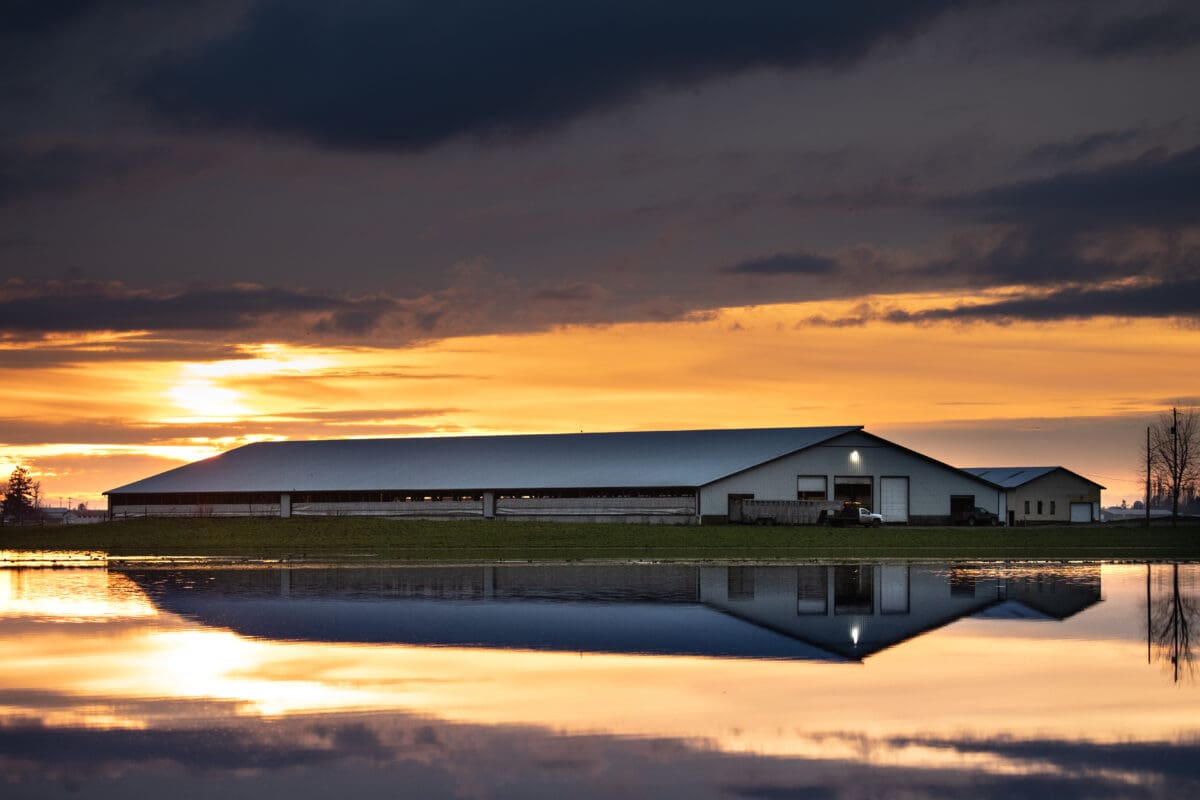Article originally published in The Daily Hive.
In the award-winning documentary My Octopus Teacher, filmmaker and Sea Change Project co-founder Craig Foster says, “A lot of people say an octopus is like an alien. But the strange thing is, as you get closer to them, you realize that we’re very similar in a lot of ways.”
As one octopus develops a complex friendship with Foster, the film demonstrates how intelligent, curious, and sensitive these animals can be.
Industry stakeholders seem to be relying on the perceived otherness of octopuses to enable consumers to look the other way as they begin to establish the first inhumane octopus farms, even as our society is increasingly critical of cruel intensive animal agriculture practices. Thousands of animal advocates and allies across the world have spoken out to agree: it’s not working.
Earlier this week, reports of horrific plans for the world’s first octopus farm began making their way across the media cycle after confidential planning proposal documents were released to the BBC by the organization Eurogroup for Animals.
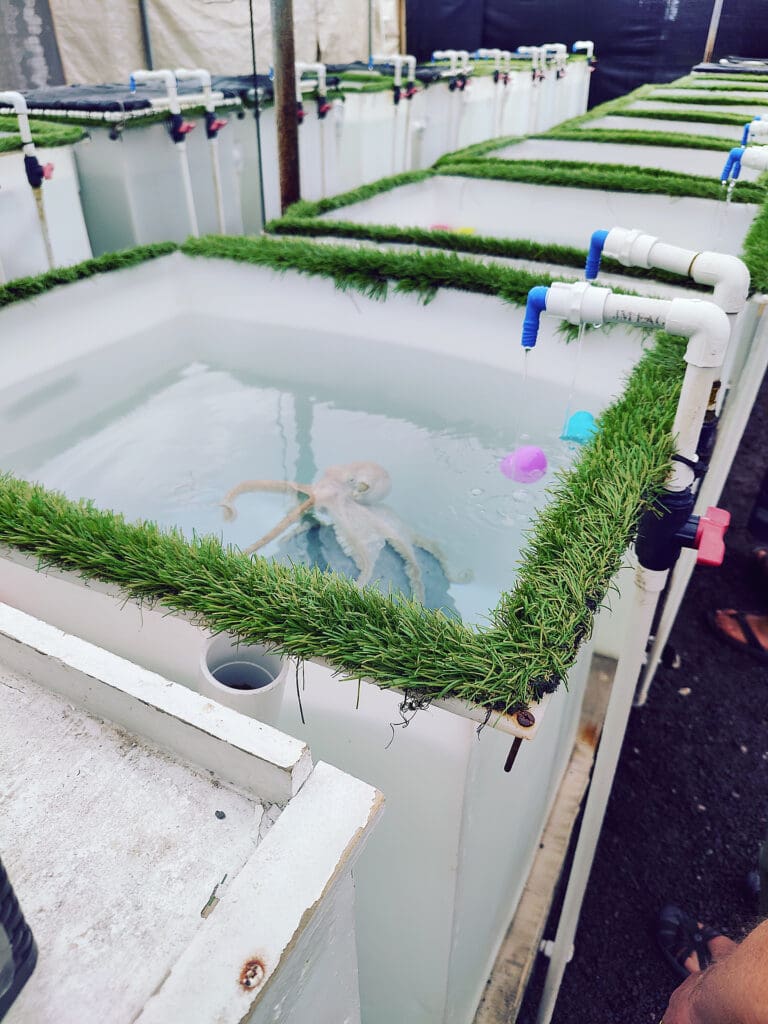
The farm, which is planned to open in Spain’s Canary Islands by multinational corporation Nueva Pescanova, will be a nightmare for octopuses.
In the wild, common octopuses—the species set to be farmed, and the species featured in My Octopus Teacher—are typically solitary animals who are highly territorial. They spend time interacting with their environment, in which they are capable of using complex problem-solving skills and tools. They hunt a varied diet of many marine species, usually at night. They are accustomed to the dark and prefer making their home in crevices where they can easily hide.
By contrast, Nueva Pescanova’s intensive farming plans would keep octopuses in crowded communal tanks, at times under constant light, where they would be unable to express their natural behaviours such as hiding and hunting. The animals would be defenceless as they would be raised and picked off for human consumption.
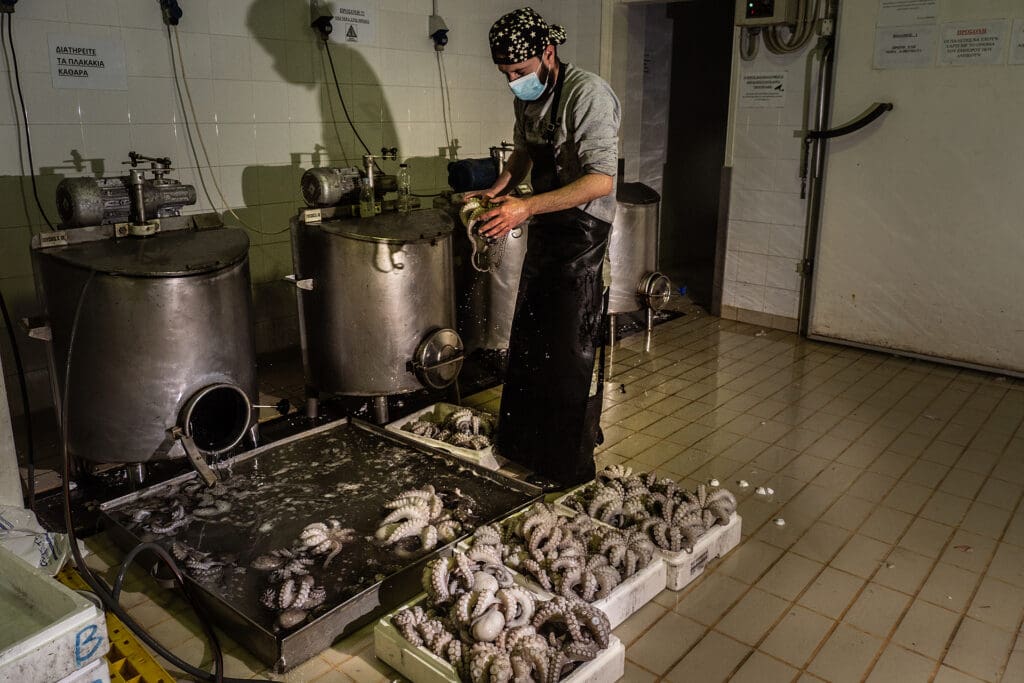
Plans also note that octopuses will be killed by “ice slurry,” which has been identified as a painful and stressful death for the fish on whom it is currently used. The aquaculture industry has already begun shifting away from this slaughter method, including a requirement in the National Farm Animal Care Council’s (NFACC) Code of Practice for the Care and Handling of Farmed Salmonids to transition to acceptable methods by 2025.
If we could have stopped industrial-scale animal farming before it began, the reality for animals would look very different now. Industrial animal agriculture has been called the biggest animal welfare crisis on the planet, with more than 70 billion land animals killed for food each year.
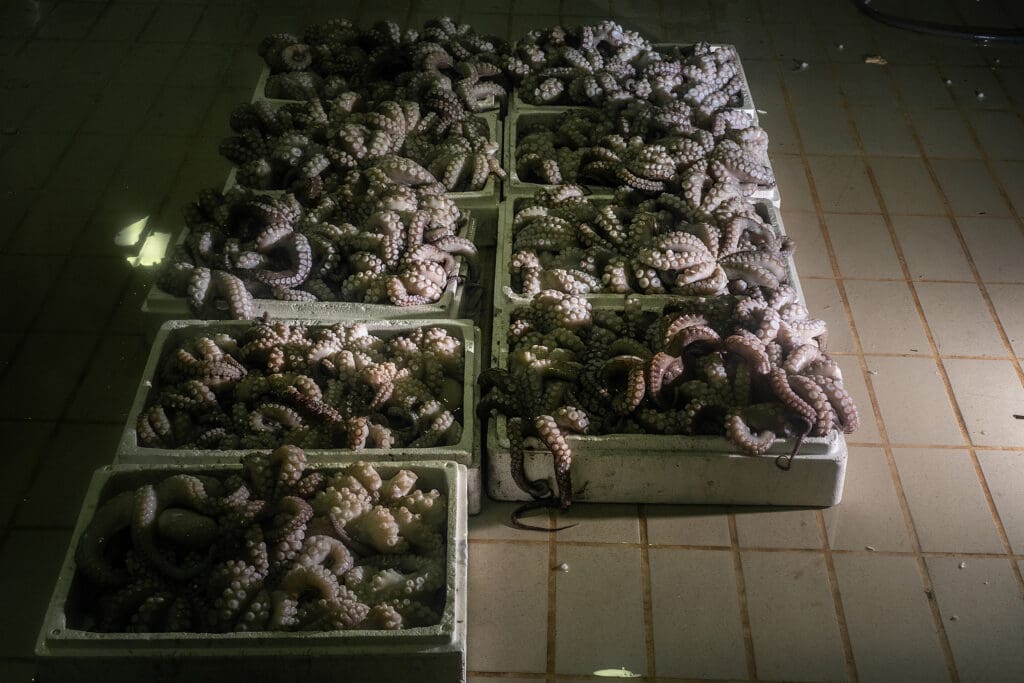
The Sentience Institute estimates that 74% of farmed land animals and virtually all farmed fishes are currently on factory farms, which are characterized by large numbers of animals confined in cramped, barren and unnatural conditions. Many of these animals are never given the opportunity to see the sky, smell fresh air free of the scent of ammonia, or feel the grass.
In Canada alone, 825 million land animals were killed in 2021. The number of farmed aquatic animals who are killed in Canada is so enormous that they are counted by weight rather than lives: 191,249 tonnes of finned fish and shellfish in 2021.
The Canadian animal agriculture industry has been the face of numerous scandals over the past decade, as undercover footage revealed live chickens with their legs ripped off, dairy cows cornered and beaten with canes, and conscious sheep flailing about with their necks cut open.
While we can do our collective best to decrease the demand for animal products and address the terrible suffering that industrially farmed animals endure, we sadly cannot go back in time to save the millions of lives squandered in misery, awaiting a painful and terrifying end.
However, we can prevent this tragic fate for octopuses. A federal petition calling on the government to ban the breeding, keeping, and import of farmed octopuses and other cephalopod species in Canada has already amassed more than 10,000 signatures.
The decision is simple, and it must be made now: before another species is subjected to horrific suffering; before cephalopod farms are established; before the federal government must contend with industry interests and try to unring yet another bell of cruel treatment. For the sake of protecting these intelligent, complex animals, sign the petition today.

